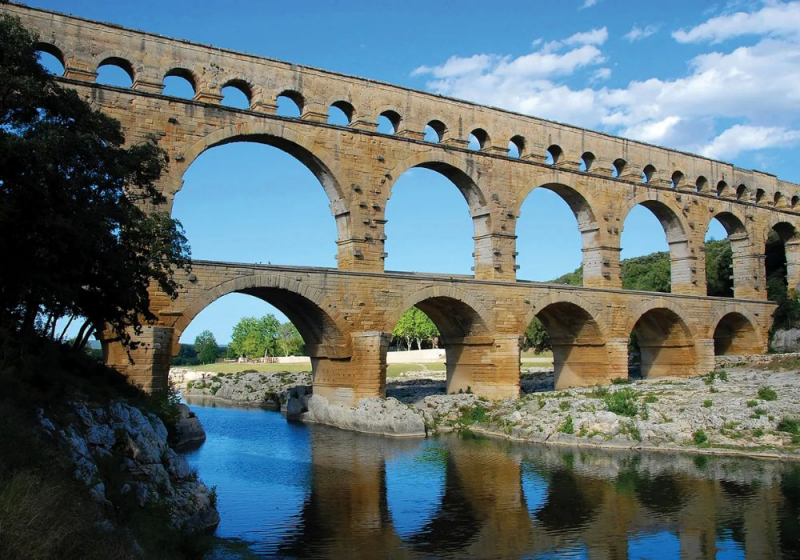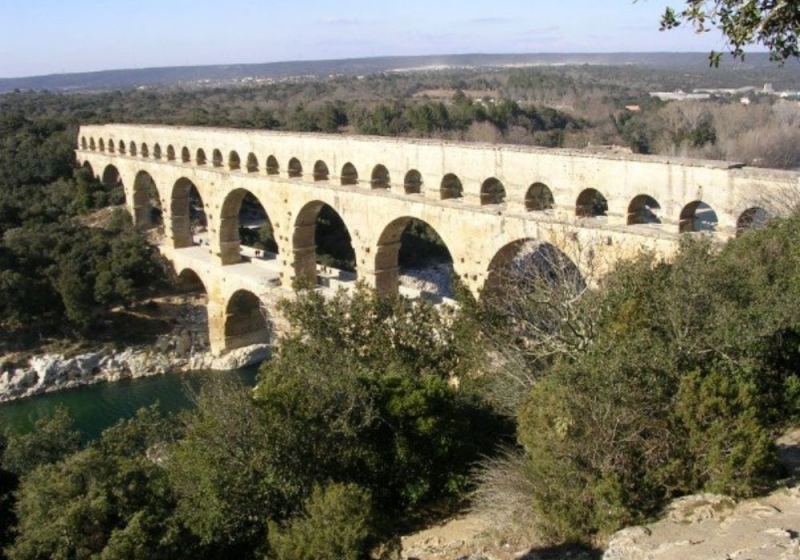Aqueducts

Top 3 in Top 10 Ancient Roman Inventions
The Romans benefited from a variety of modern conveniences, including fountains, elaborate public baths, subterranean sewage systems, and public restrooms. Without the Roman aqueduct, one of the Ancient Roman Inventions, none of these aquatic advances would have been conceivable. These engineering wonders, which were created for the first time around 312 B.C., employed gravity to convey water via stone, lead, and concrete pipes and into city centers. Aqueducts helped Roman cities break their dependence on local water sources and were vital in advancing public health and cleanliness.
Although there were earlier irrigation and water transportation canals in Egypt, Assyria, and Babylon, the Romans did not invent the aqueduct; instead, they used their expertise in civil engineering to refine the procedure. Eventually, hundreds of aqueducts appeared all over the empire, some of which could carry water up to 60 kilometers. The fact that some Roman aqueducts are still in service today is perhaps the most astounding of all. One of the 11 aqueducts from ancient Rome, the Aqua Virgo, supplies water to Rome's iconic Trevi Fountain.
The aqueducts were linked to a sizable water storage facility, from which the water was then sent to public baths, fountains, farms, and other locations. What might be simple to do today was a spectacular engineering achievement in 312 B.C.











